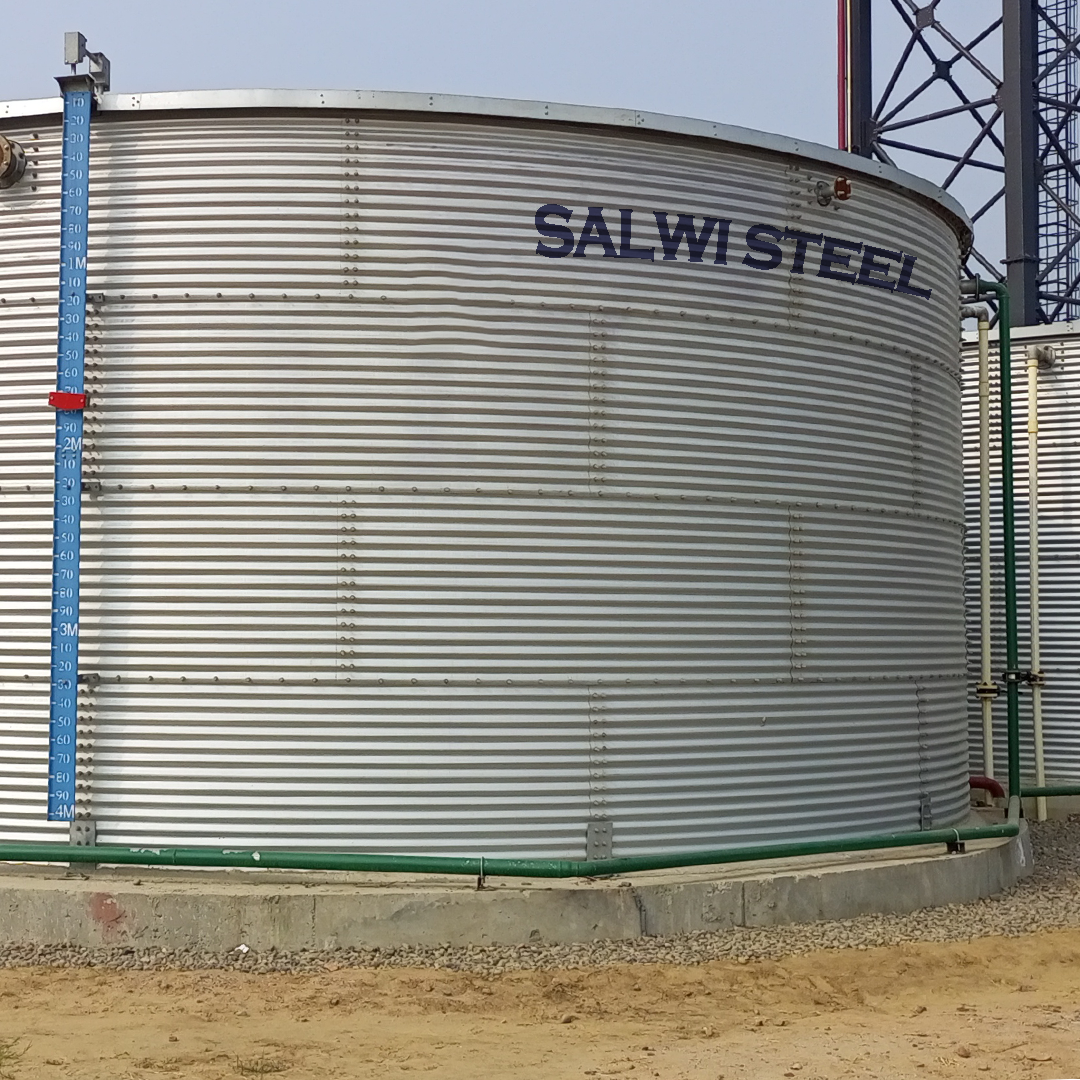
A fire water tank, essential for fire protection systems, is meticulously designed to ensure reliable water storage for firefighting purposes. Here's a detailed description of a fire water tank:
Fire water tanks are crucial for storing water specifically reserved for fire suppression. They serve as a reliable backup when municipal water supplies are inadequate during emergencies.
These tanks are typically constructed from robust materials such as steel, stainless steel, concrete, or high-density polyethylene (HDPE). The choice of material depends on factors like tank size, installation location (above-ground or underground), and environmental conditions.Fire water tanks are engineered with features to ensure durability and functionality under extreme conditions. They often include reinforced walls and bases to withstand external pressures and seismic loads.Fire water tanks come in various sizes to accommodate different storage needs, ranging from smaller capacities suitable for residential or small commercial buildings to larger capacities required for industrial complexes or high-rise buildings.These tanks can be installed above-ground or underground, depending on space availability and regulatory requirements. Above-ground tanks are easier to access and maintain, while underground tanks offer aesthetic benefits and protection against environmental elements.
To prevent corrosion and ensure water quality, fire water tanks may feature internal coatings or linings. These coatings, such as epoxy or polyurethane, protect the tank from rust and extend its lifespan.Fire water tanks are equipped with various fittings and accessories, including inlet and outlet connections, overflow pipes, vents, and inspection hatches. These components ensure efficient water flow and facilitate maintenance tasks.Fire water tanks must comply with local fire safety regulations and standards, such as FM Global standards or NFPA (National Fire Protection Association) codes. They are often subjected to rigorous testing and certification to ensure reliability and safety.
Regular inspection and maintenance are essential to ensure the functionality of fire water tanks. This includes monitoring water levels, checking for leaks, testing valves and fittings, and conducting periodic cleaning and coating inspections.Fire water tanks are installed in various settings, including industrial facilities, commercial buildings, residential complexes, and public infrastructure. They are a critical component of fire protection systems, ensuring readiness for firefighting operations in the event of a fire emergency.